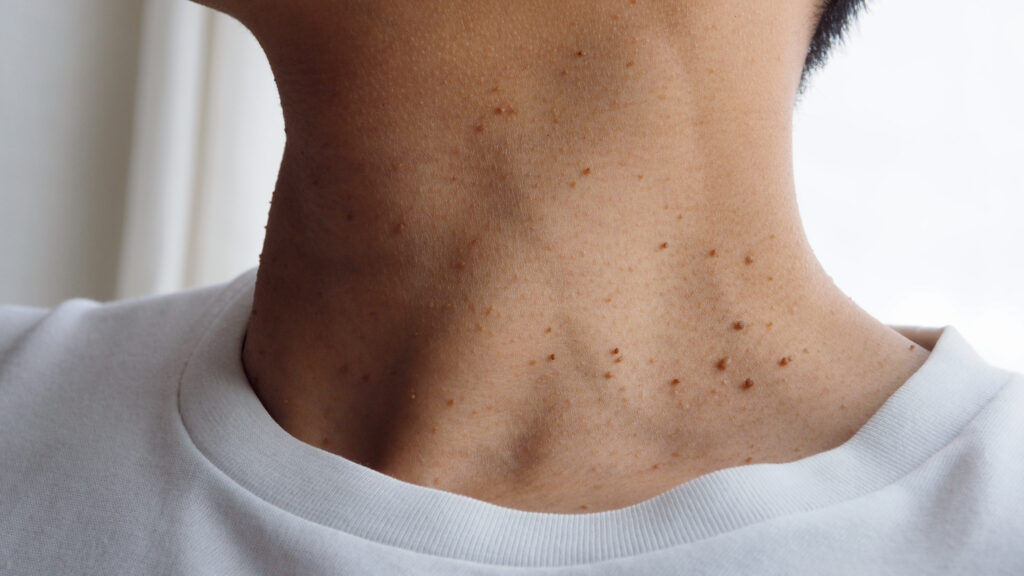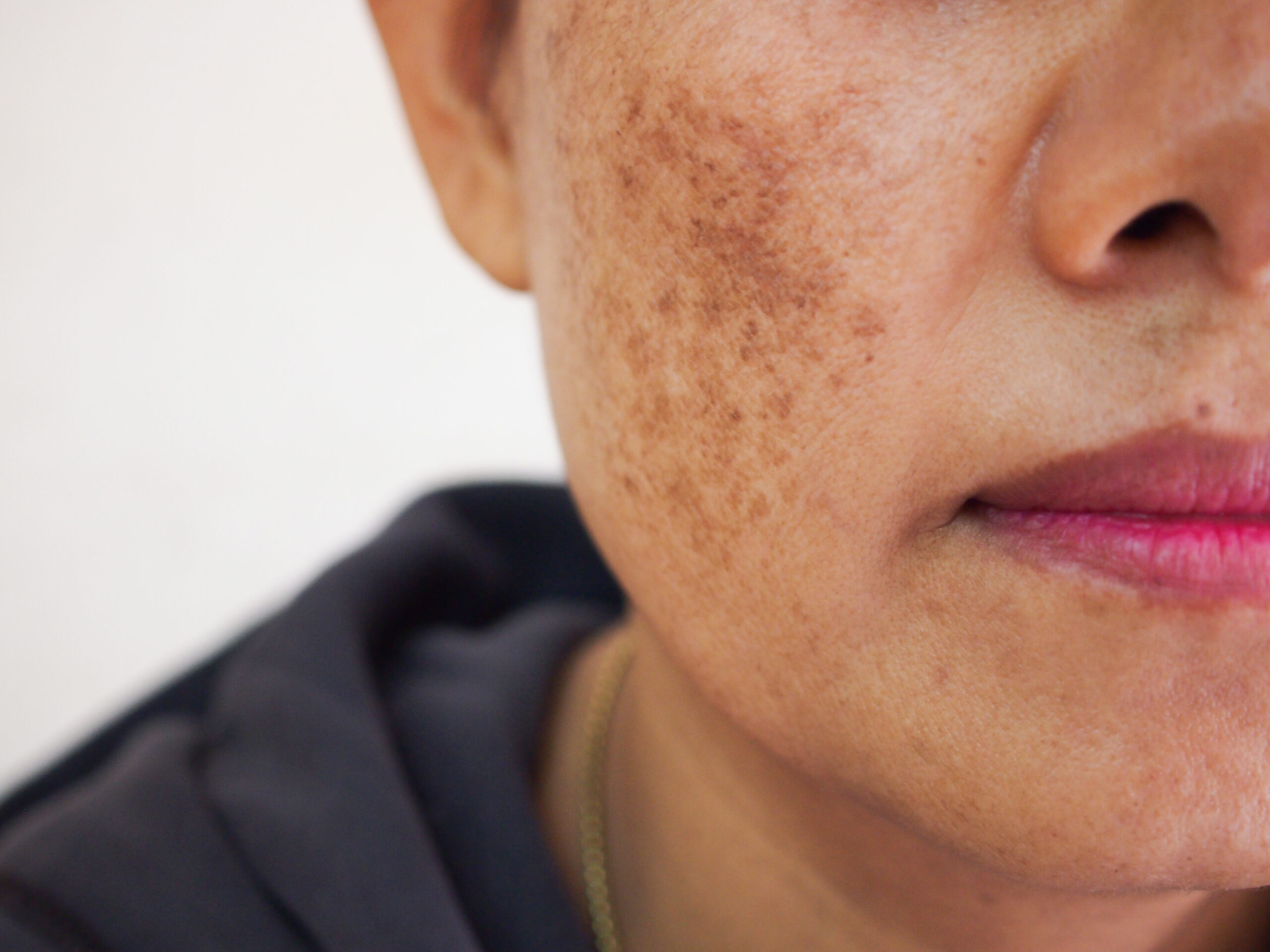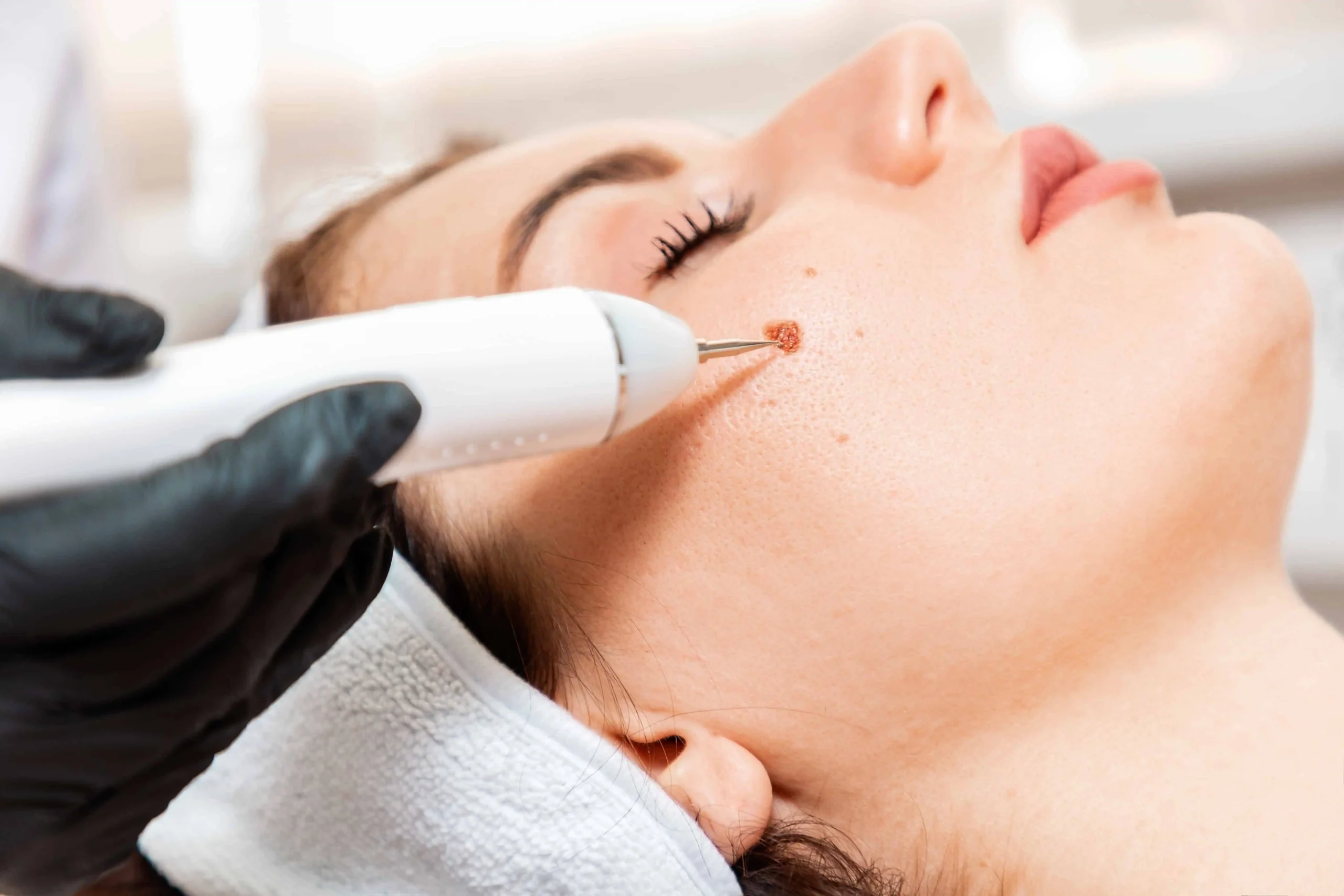Mole removal surgery is a common procedure performed to address moles that may pose health risks or cause cosmetic concerns. To better understand how long the process takes, it helps to break down each stage—from the initial evaluation to post-procedure recovery. Here’s a detailed look at the timeline and what you can expect during each step of mole removal.
Step 1: Dermatological Evaluation
The process begins with a thorough evaluation by a dermatologic provider. This visit can consist of a head to toe body exam or focusing in on an area of concern. During this visit, the dermatologist examines the mole’s size, shape, color, and location. The assessment often involves applying the ABCDE criteria (asymmetry, border irregularity, color variation, diameter, and evolution) to determine whether the mole should be removed due to abnormalities which could increase risk of malignancy or cosmetic concerns.
If the mole shows signs of being suspicious, the dermatologist will recommend removal and further testing. This visit also allows patients to discuss any symptoms they’ve noticed, such as itching, pain, or bleeding, which could indicate the need for prompt attention.
The dermatologist will also take this time to explain the removal method—surgical excision or shave removal—and what results you can expect. Surgical excision involves removing the mole and a small margin of surrounding tissue, while shave removal trims the mole at skin level. The choice depends on the mole’s depth and removal purpose.
Step 2: Pre-Procedure Preparation
Once a decision is made to remove the mole, preparation for the procedure begins. This step involves giving signed consent, cleaning and disinfecting the area around the mole, marking the skin to confirm location, and a photo being taken. Preparation usually takes 1-2 minutes.
Local anesthesia is injected to numb the area, ensuring the procedure is as comfortable as possible. The anesthesia takes effect immediately.
Step 3: Mole Removal Procedure
The actual removal process is relatively quick. The exact duration depends on the size, depth, and location of the mole, as well as the chosen removal method. Below are the two most common techniques:
- Surgical Excision: This method is ideal for larger or deeper moles, especially those suspected of malignancy. Using a scalpel, the dermatologist removes the mole along with a small margin of tissue to ensure all suspicious cells are eliminated. The wound is then closed with sutures, which may require removal in about a week or two.
- Shave Removal: Best suited for moles that do not penetrate deeply into the skin, this technique involves shaving the mole at the skin’s surface with a surgical blade. No stitches are needed, making this a quicker option that often leaves minimal scarring.
If multiple moles are being removed, the total time will increase accordingly, but most sessions are completed within an hour. Procedures are performed in a sterile environment to reduce infection risks.
Step 4: Post-Procedure Care and Follow-Up
After the mole has been removed, it will be sent to a lab for microscopic evaluation also know as a biopsy, to determine if it is benign, pre-malignant, or malignant. The microscopic evaluation involving making slides typically takes 1 to 2 weeks, though no further action is required from the patient during this time.
The dermatologist will apply an antibiotic ointment and a dressing to the treated area to promote healing and prevent infection. Detailed aftercare instructions are provided, which including washing the area daily with soap and water, applying ointment, and keep the area covered with a bandage. It is important during the healing process to protect the area from sun exposure. The aftercare process often demonstrates significant improvement in skin appearance and overall satisfaction, if followed.
Step 5: Biopsy Results
The results of the biopsy will be sent directly to your dermatologist. Once your provider reviews the pathology report, their office will contact you with the results. If the biopsy is negative, you will be advised to schedule your next total body skin exam at the appropriate time. If other factors are present, the provider may recommend scheduling an exam sooner or another procedure that may be necessary. If the results indicate skin cancer, your provider will determine the next steps based on the type of cancer and report findings.
Healing Timeline
The recovery process depends on the removal method and individual skin characteristics. On average, here’s what to expect:
- First Week: The area may feel tender, appear slightly red, and leave a bandage with white and light yellow discharge appearing wet. Like if you cut yourself shaving or scraped your knee. For surgical excision, sutures are usually removed after 7 to 14 days. It’s crucial to avoid picking or disturbing the area during the entire healing process. It is also important to reduce physical activity while sutures are in.
- Second Week: The skin begins to heal more visibly with less discharge and tenderness improves. Patients may notice a marked improvement in the treated area.
- 3 to 4 Weeks: By this time, most of the healing is complete, though some discoloration or a small scar may remain. Dermatologists may recommend scar treatments, such as silicone gels or cosmetic procedures, to further improve skin appearance.
- 6 to 12 months: The scar is fully developing. The are will remain pink or brown but fade every day. It is important to protect it against sun exposure to reduce discoloration.
Following aftercare instructions provided by your dermatologist ensures the best results.
Benefits of Mole Removal
Mole removal offers several advantages, addressing both medical and cosmetic concerns. Key benefits include:
- Lower Skin Cancer Risk: Removing suspicious moles eliminates the potential for malignancy and allows for early detection through biopsy.
- Enhanced Appearance: For individuals who feel self-conscious about visible moles, removal can improve skin aesthetics.
- Comfort Improvement: Moles that cause irritation or itchiness, especially in areas of friction, can be removed to provide relief.
- Professional Insight: A dermatologist’s evaluation ensures the safest and most effective approach to mole removal.
Frequently Asked Questions
1. Will mole removal leave a scar?
Scarring is likely, and its severity will depend on the size of the mole, location, after care, and the method used for removal. Dermatologists take care to minimize scarring and offer advice for proper wound care. Shave removals often leave a white circular discoloration while surgical excisions often leave a white line.
2. How do I know if a mole needs to be removed?
You should consider mole removal if the mole changes in size, shape, or color; becomes itchy, painful, or starts bleeding; or if it causes cosmetic concerns. A dermatologist can provide an accurate evaluation and recommend the best course of action.
3. How long does it take for the area to heal after mole removal?
Healing times depend on the removal method, size of the treatment area, and location of the area. Shave removal sites usually heal within 1 to 2 weeks, while surgical excision may take up to 4 weeks. Proper aftercare promotes faster recovery.
4. Can all moles be removed using the same method?
No. Different moles require different approaches based on their size, depth, location, and characteristics. A dermatologist will choose the most suitable method for each mole.
5. What are the risks of mole removal?
Mole removal is a safe procedure when performed by a qualified dermatologic provider. However, minor risks include infection, bleeding, and scarring. These risks can be minimized with proper care and professional oversight.
Takeaway
Mole removal is a straightforward procedure that addresses both medical and cosmetic concerns. From evaluation to complete healing, the process typically takes a few weeks to a month, depending on individual factors and the chosen removal method. Derm Collective North Shore team is here to help you take that step toward healthier, clearer skin with our services. If you’re ready to enhance your confidence and well-being, don’t wait—Remove Unwanted Moles – Book Your Visit today!








